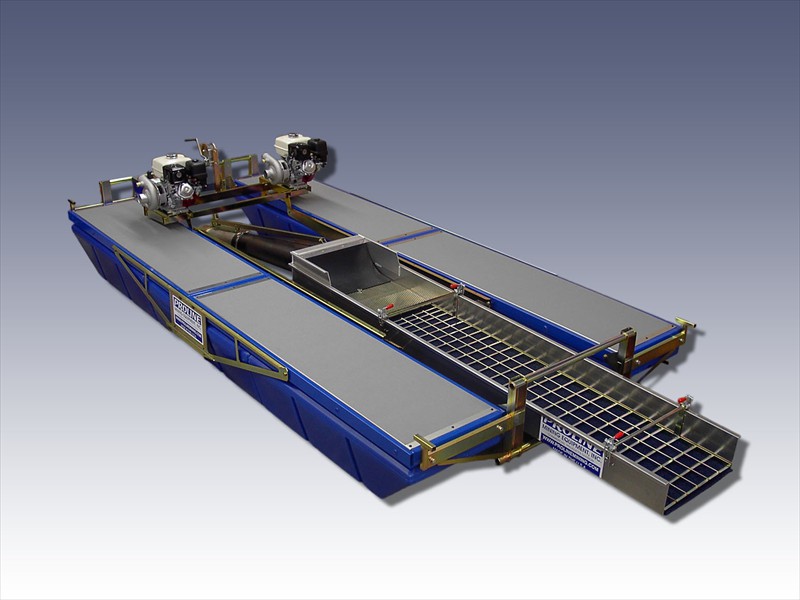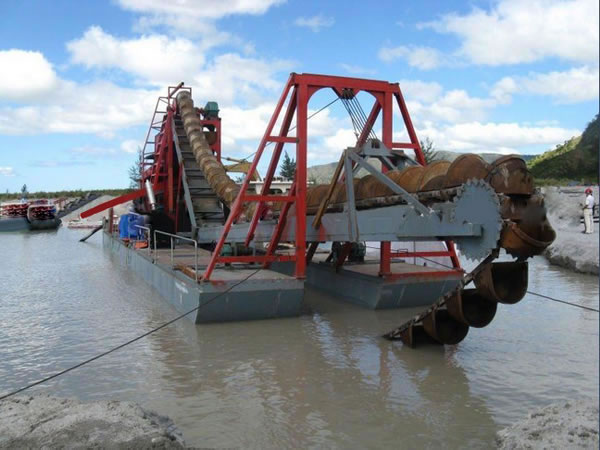

Fitted with twin propellers and twin rudders, this ship is adequate for free-running speed and dredging against strong currents. Self-propelled seagoing ships ranging in length from 180 feet to 550 feet, hopper dredges feature molded hulls and the lines of typical ocean vessels, along with sizable sediment containers, large centrifugal dredge pumps, and other specialty equipment.

The quantities of material to be dredged.The physical characteristics of material to be dredged.When selecting dredging equipment for a project, any marine contractor, government agency, or port district must initially determine: – with a focus on application and operation – along with the advantages and limitations of each dredge type. What follows is an in-depth discussion of the equipment used for dredging projects throughout the U.S.

The dredging of various bodies of water can also be utilized to reduce fish, wildlife, and people’s exposure to in-water contaminants. The process of removing loose to compacted sediments and debris from the bottom of lakes, rivers, and harbors is paramount to the maintenance and expansion of navigation channels. This technique is often used to keep waterways navigable. Dredging is an excavation activity or operation usually carried out at least partly underwater, in shallow seas or fresh water areas with the purpose of gathering up bottom sediments and disposing of them at a different location. Vintage engraving of a 19th Century Steam Dredger.


 0 kommentar(er)
0 kommentar(er)
